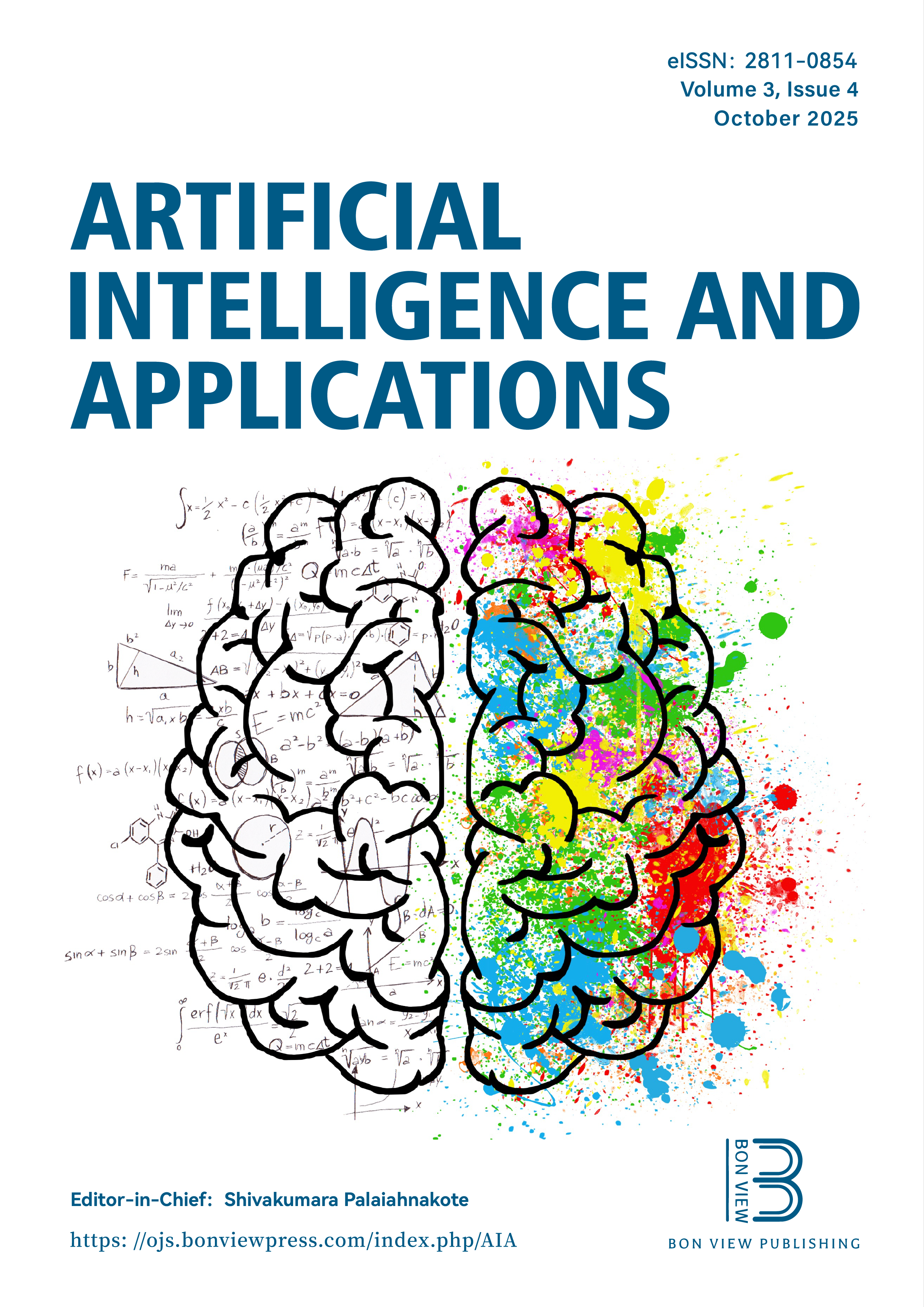Side Collision Detection Model for Visually Impaired Using Monocular Object-Specific Distance Estimation and Multimodal Real-World Location Calculation
DOI:
https://doi.org/10.47852/bonviewAIA42022098Keywords:
side collision detection, the visually impaired, monocular distance estimation, real-world location estimationAbstract
Targeting the potential risk of side vehicle collisions when the visually impaired crosses roads, this study proposed a side collision detection model, including monocular distance estimation, multimodal real-world location estimation, future location prediction, and collision warning strategies tailored for visually impaired pedestrians. The proposed model employs YOLOv8 and DeepSort for vehicle detection and tracking, utilizing shallow neural networks for distance estimation based on image information and vehicle position data. Predicted vehicle distances are combined with magnetic field sensor and GPS data to compute and store real-world vehicle locations, and these location data will be used for linear regression to forecast future locations. A warning strategy is then implemented to alert users. Experimental validation shows that the monocular distance estimation network has an Absolute Relative Error of 0.043 and an ALE (Average Localization Error) of 1.249 m. In real-world location estimation, the view angle ALE is 0.019, and the location ALE is 1.778 m. Regarding location prediction, the accuracy in distinguishing stationary and moving vehicles reaches 0.962, and the predicted curve, based on ground truth and predicted locations, exhibits good alignment. The proposed warning strategy, evaluated on Kitti Tracking Dataset and a self-created dataset, accurately detects the majority of potential collision risks.
Received: 17 November 2023 | Revised: 13 March 2024 | Accepted: 9 April 2024
Conflicts of Interest
The authors declare that they have no conflicts of interest to this work.
Data Availability Statement
The data that support the findings of this study are openly available in IEEE at https://doi.org/10.1109/CVPR.2012.6248074, reference number [30].
Author Contribution Statement
Wenqing Song: Conceptualization, Methodology, Software, Data curation, Writing – original draft, Visualization, Supervision, Project administration. Yumeng Sun: Validation, Investigation, Writing – review & editing. Qixuan Huang: Methodology, Validation, Formal analysis, Resources, Writing – review & editing. Junyang Cheok: Validation, Investigation, Writing – review & editing.
Downloads
Published
Issue
Section
License
Copyright (c) 2024 Authors

This work is licensed under a Creative Commons Attribution 4.0 International License.






